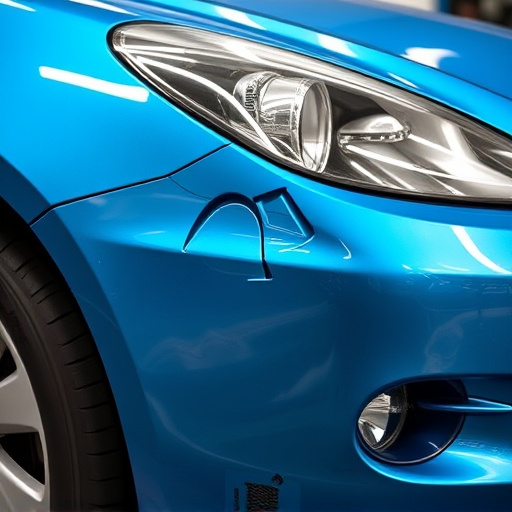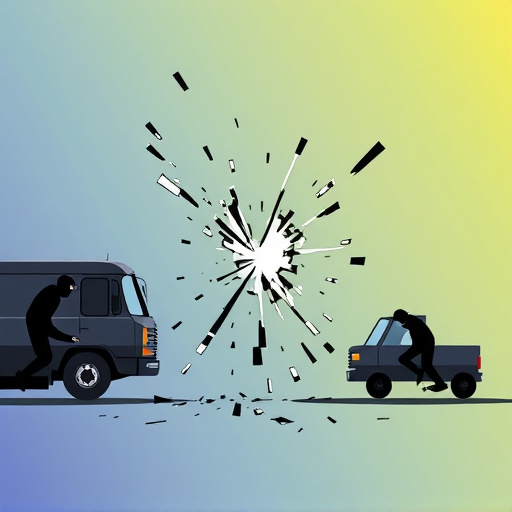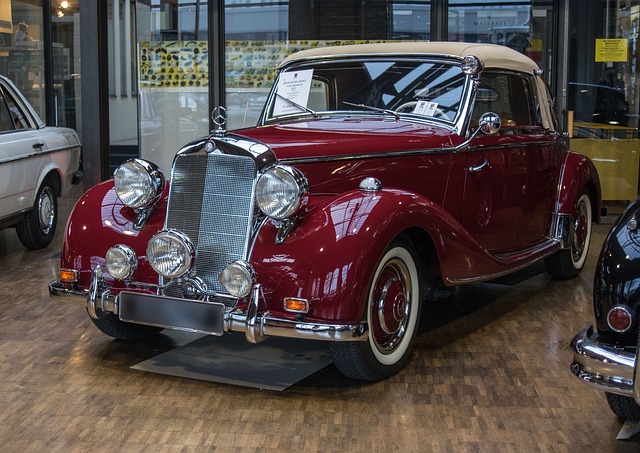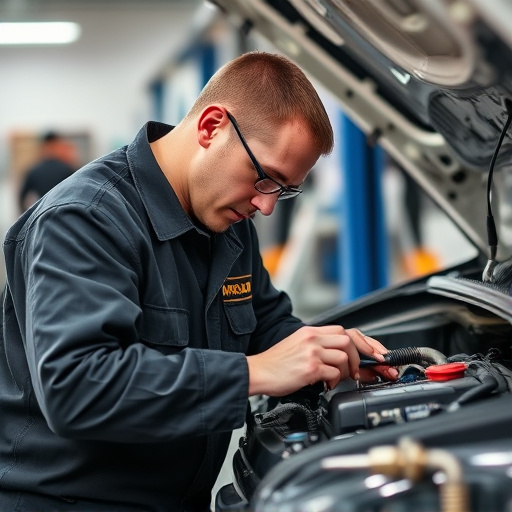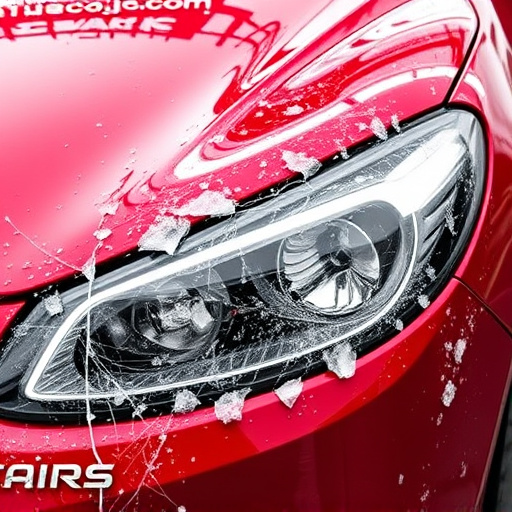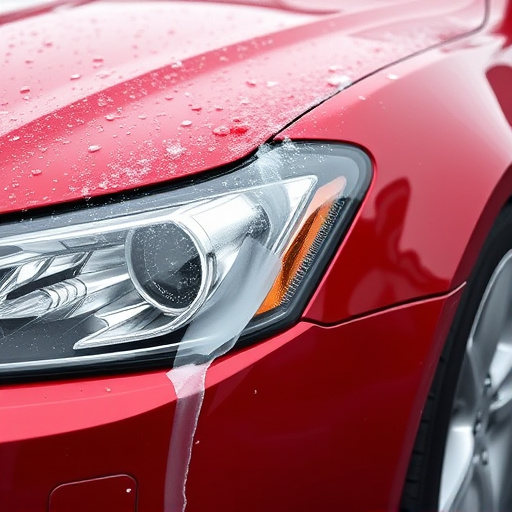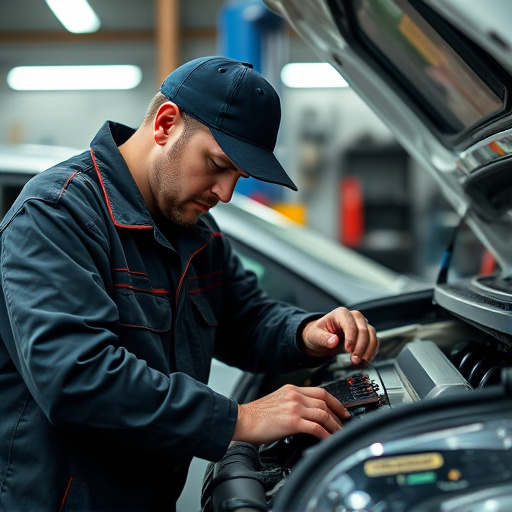PDR techniques (Paintless Dent Repair) revolutionize auto reconditioning by offering a non-invasive method to remove dents and scratches without damaging paint or requiring extensive body shop work. This saves time, resources, and maintains vehicles' original finishes, making it an attractive option for car owners seeking high-quality repairs with minimal downtime. PDR is versatile, including tire services and auto glass repair, and is expertly executed by skilled professionals to restore vehicles to their pre-damage condition while preserving the original finish, particularly suitable for minor dents and dings on classic or vintage cars.
“Unleash the power of PDR techniques in auto reconditioning and discover a revolutionary approach to vehicle restoration. This article delves into the intricate world of PDR, offering a comprehensive guide for enthusiasts and professionals alike. From understanding the fundamentals to exploring its myriad benefits, we uncover how PDR techniques transform damaged cars into stunning masterpieces. Get ready to navigate through best practices and common applications, harnessing the potential of PDR to elevate auto reconditioning to new heights.”
- Understanding PDR Techniques: A Comprehensive Overview
- The Benefits of PDR in Auto Reconditioning
- Best Practices and Common Applications of PDR Techniques
Understanding PDR Techniques: A Comprehensive Overview
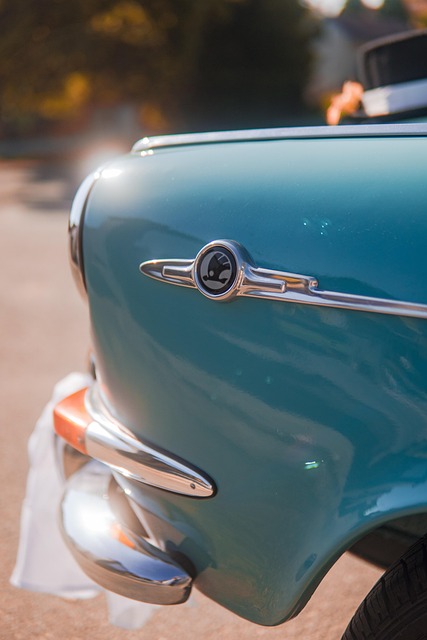
PDR techniques, or Paintless Dent Repair, have revolutionized auto reconditioning by offering a non-invasive method for removing dents and scratches from vehicle bodies. Unlike traditional automotive collision repair methods that involve extensive paintwork, PDR leverages specialized tools and trained technicians to push out dents from the surface of the car without damaging the paint or requiring extensive body shop work. This innovative approach not only conserves time and resources but also results in a virtually indistinguishable repair, maintaining the vehicle’s original finish.
By utilizing various tools like metal rods, picks, and air compressors, PDR technicians carefully manipulate dents back into place, returning the car panel to its original shape. The process is both precise and gentle, ensuring minimal disruption to the surrounding paintwork. This makes PDR an attractive option for car owners seeking high-quality auto repair services with minimal downtime, preserving the aesthetic appeal of their vehicles while avoiding the costs associated with conventional automotive collision repair.
The Benefits of PDR in Auto Reconditioning

PDR techniques, short for Plastic Deformation Repair, offer a multitude of benefits in the realm of auto reconditioning. This innovative approach allows professionals at auto collision centers to efficiently restore damaged vehicle surfaces, from dents and dings to scratches and cracks, without the need for costly replacement parts or lengthy repair processes. One of the key advantages is its ability to preserve original factory finishes, ensuring that vehicles not only look like new but also maintain their value.
Furthermore, PDR methods are highly versatile, catering to various services such as tire services and auto glass repair, making them an indispensable tool for any comprehensive auto reconditioning facility. By leveraging specialized tools and techniques, technicians can effectively conceal imperfections, enhancing the overall aesthetic appeal of the vehicle. This not only satisfies customers’ cosmetic preferences but also contributes to a safer driving experience by addressing potential structural weaknesses caused by damage.
Best Practices and Common Applications of PDR Techniques
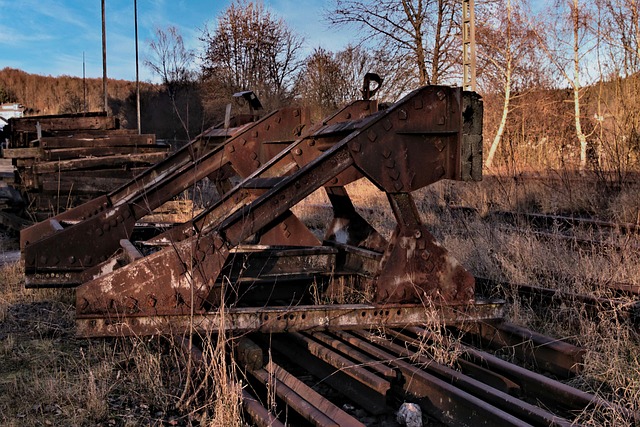
PDR techniques are best practiced by skilled professionals who understand the intricate details of vehicle repair and car paint services. These techniques, short for Paintless Dent Repair, offer a non-invasive approach to fender repair, making them ideal for minor dents and dings that often accumulate over time. By utilizing specialized tools and expertise, PDR technicians can effectively restore vehicles to their pre-damage condition, preserving the original finish and enhancing the overall appearance of the vehicle.
Common applications of PDR techniques span across various vehicle types and damage scenarios. Car paint services employing PDR are particularly useful for removing small, shallow dents caused by parking lot bumps or minor fender benders. This method is also favored in situations where replacing a panel would be cost-prohibitive or time-consuming, especially on classic or vintage cars. By avoiding the need for extensive sandboarding and repainting, PDR techniques contribute to faster repairs and significant cost savings for both vehicle owners and repair shops.
PDR techniques have emerged as a game-changer in the auto reconditioning industry, offering significant benefits in terms of cost-effectiveness, time savings, and superior results. By understanding and implementing these advanced methods, professionals can enhance their services, cater to customer demands, and stay ahead in a competitive market. The versatility of PDR allows for efficient repair and restoration, ensuring vehicles look as good as new without the need for extensive body work. As the demand for high-quality reconditioning continues to grow, mastering PDR techniques will be a valuable asset for any auto care business.
